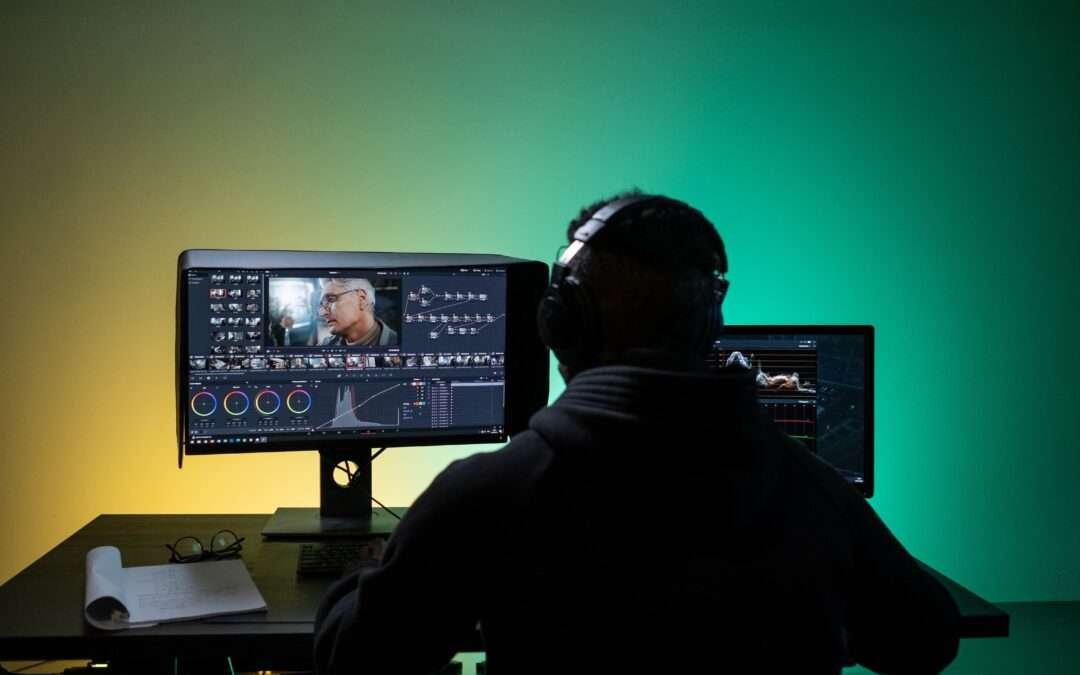I’ve had my share of bad video shoots – fresh out of college, forgetting to grab important shots, capturing bad audio. It haunts my nightmares. Luckily, I learned from my mistakes a long time ago, and I’ve compiled a list of best practices when you’re filming. Talk to your editor before a shoot to make sure you’re on the same page. This list can help you and your editor with that conversation (unless you’re the videographer and editor, in which case have an internal dialogue).
Table of Contents
Hold shots for 10 seconds or more
By holding a shot for 10 seconds, you allow the editor to stay on a shot for as long as they need, instead of cutting to a different shot out of necessity. It can also help when adding graphics, because the editor might want to have the video up for a beat, then put some titles or transitions over the footage.
If something is causing noise in the audio, film some b-roll of it
We do our best to get clean audio; turn off the air conditioning, step out of the wind. Unfortunately, there could be times when clean audio is just not possible. That’s not a bad thing! Sometimes ambient sounds can be more natural and realistic. Making sure the viewer knows the source of that ambient sounds is key to keeping them in the know. For example, if you’re interviewing someone outside their house, and they live next to an expressway, grab a few shots of the expressway so the editor can clue the audience in to what all the noise is about.


Film a wide, medium and close-up of everything
This helps the editor develop a sense of space for the viewer. Let’s say someone is working really hard on a project. A close-up is great for seeing their deep emotions (maybe they’re sweating from all the stress), a medium shot is great for seeing their body language (maybe they’re hunched over a stack of papers), and a wide shot can show their surroundings (maybe they’re in an empty room and it’s lonely). This also give the editor more coverage, and more options to play with.



Cut between shots
This might sounds like a given, but I find it much easier to sift through footage when clips are intentional. Long, meandering shots will most likely be cut into smaller clips anyway, and not knowing where the wide shot is in a 5 minute clip will cause the edit to take longer. It might even get lost if the editor doesn’t know what’s in a long clip. Keep them separate by stopping the camera between shots.
Don’t use auto-white balance
Auto-white balance can be really useful if you’re going from an indoor set-up to an outdoor set-up. In fact, there are many times auto-white balance is useful. Unfortunately, the camera doesn’t always get it right. Sometimes, it technically gets it right, but it looks unnatural. The editor will most likely be tweaking the color a bit, and with auto-white balance changing the color in the middle of a shot – sometimes gradually so the balance is constantly in flux – it makes matching shots very difficult. If you change locations, just give the camera another chance to white balance manually. Each camera is different, so be sure to research how your camera can be balanced manually.
Film a white piece of paper or a color card any time you change the white balance
This goes hand-in-hand with not using auto-white balance. A color card is a palate of color swatches including white, black, different shades of gray, and your classic ROYGBV. It can be useful for an editor to be able to check that, say, magenta is the same on each shot throughout the video. It also helps when correcting skin tones, which is a crucial part of color correction. If you don’t have a color card (they can be very expensive), then at least giving the editor a consistent example of what white looks like in different lighting is important.
Have people say and spell their name, along with any titles you want included, when you interview them
This is a good one to remember if you’re doing lots of interviews. Most productions will have you ask the subject to sign a release form to make sure the they are comfortable with you using footage of them. It’s important, though, that the editor knows who each person is and how to spell their name. One of the best ways to do this is to have the subject say and spell their name and any titles your or they might want to include. That way it’s right there in the video, and there’s no worrying about clip titles or paperwork.
Get establishing shots of new locations
Like getting a wide, medium and close-up of everything, getting establishing shots at new locations can help the viewer keep track of where they are. Location is an important part of telling a story, especially when the story is very personal. Capturing a new location allows the editor to use that storytelling tool to keep the plot moving. It can also be a moment to re-establish the audience with their surroundings, and zoom out to see the bigger picture for a moment before diving back into the story.



Featured Image by Ron Lach from Pexels
